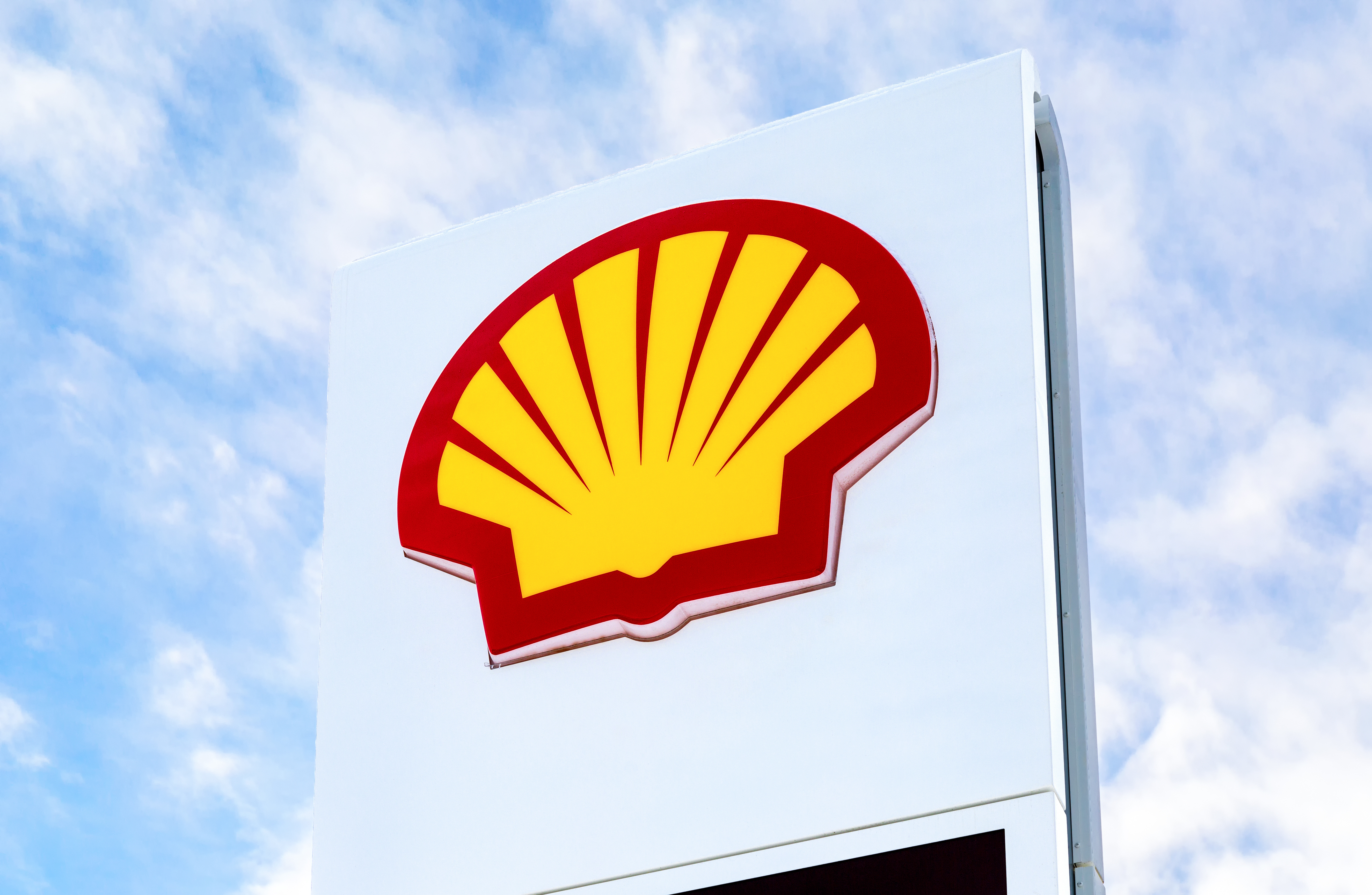
Shell weakens 2030 carbon cut target, sets new goal for oil product emissions
Slower-than-expected power sales growth hits net carbon intensity target
Targets 15%-20% Scope 3 emissions cut by 2030 from oil products vs 2021
Comes amid focus on growth of low-carbon fuel sales such as SAF, hydrogen
Shell weakened its main 2030 carbon reduction target March 14 but said it remains focused on net-zero emissions by 2050, despite a slower pace of power sales growth amid an ongoing shift away from traditional oil-based fuels.
In the first update to its main energy transition targets since 2021, Shell said it will target a 15%-20% cut in the net carbon intensity of its energy products by 2030 compared with 2016 levels. It had previously aimed for a 20% cut by 2030. The company said it now plans to reduce the net carbon intensity of the energy products it sells by 9-12% by 2024, 9-13% by 2025, 15-20% by 2030, and 100% by 2050.
In line with our shift to prioritizing value over volume in power, we are concentrating on select markets and segments,” Shell said. “One example is our focus on commercial customers more than retail customers. Given this focus on value, we expect growth in total power sales to 2030 will be lower than previously planned.”
Europe’s biggest integrated energy major also scrapped a 2035 target of a 45% reduction in net carbon intensity, citing “uncertainty in the pace of change in the energy transition.”
But Shell set itself a new target to cut the carbon emissions from the use of its oil products by 2030 as it sells less gasoline and diesel and ramps up production of low-carbon products such as biofuels and hydrogen.
Shell said it plans to reduce customer, or Scope 3, emissions from the use of its oil products by 15%-20% by 2030 compared with 2021 levels. The cut would mean a fall of more than 40% in Scope 3 emissions from its oil products compared with 2016 levels, Shell said.
“Achieving this ambition will mean reducing sales of oil products, such as petrol and diesel, as we support customers as they move to electric mobility and lower-carbon fuels, including natural gas, LNG and biofuels,” Shell said in its latest energy transition strategy.
Operating emissions
Under its previous energy transition targets, Shell was planning to reduce its production of traditional fuels by 55% by 2030 as it provides more low-carbon fuels such as biofuels for road transport and aviation, and hydrogen. Shell is also shrinking its global refining footprint to four core, integrated energy and chemicals sites by repurposing its remaining refineries.
Like many of its energy major peers, Shell plans to grow its production and sales of biofuels in the coming years, including premium biofuels such as sustainable aviation fuel, renewable diesel and renewable natural gas. Shell is already one of the world’s largest energy traders and blenders of biofuels, selling more low-carbon fuels than it produces. In 2023, around 9.7 billion liters of biofuels went into Shell’s road fuels worldwide, compared with 9.5 billion liters in 2022, according to the company.
Shell estimates that some 15%-20% of its total oil products are used for non-energy products such as lubricants and chemical products, which do not generate Scope 3 emissions.
On its central emission targets, Shell said it continues a drive to halve emissions from its operations (Scope 1 and 2) by 2030, compared with 2016 on a net basis. By the end of 2023, Shell said it had achieved more than 60% of this target and reduced the net carbon intensity of the energy products it sells by 6.3% compared with 2016, the third consecutive year it hit the target.
However, Shell maintained its overall target of achieving net-zero emissions by 2050 across all its operations and energy products to help support the Paris Climate Agreement goals.
“Today the world must meet growing demand for energy while tackling the urgent challenge of climate change,” CEO Wael Sawan said in a statement. “I am encouraged by the rapid progress in the energy transition in recent years in many countries and technologies, which reinforces my deep conviction in the direction of our strategy.”
Shell also confirmed it will invest $10 billion-$15 billion between 2023 and the end of 2025 in low-carbon energy solutions, which include spending on business lines such as electric vehicle charging, biofuels, renewable power, hydrogen and carbon capture and storage.
LNG, carbon credits
The energy major’s net carbon intensity in 2023 fell to 74 grams of CO2e/Megajoules, down by 2.6% and 6.3% from 2022 and 2016, respectively.
This fall was mainly achieved through a reduction in the average intensity of power sold and the use of carbon credits.
Most oil companies do not have Scope 3 emissions targets but instead have set net carbon intensity metrics.
Carbon intensity is seen as a less ambitious measure as net emissions can simply be lowered by selling more clean energy alternatives such as wind or solar power.
As it looks to expand its LNG business by 20%-30% by 2030 it will focus on reducing the carbon intensity of these operations, it added.
In its LNG joint venture in Canada, it plans to use use natural gas and renewable electricity while in the North Field Expansion project in Qatar it hopes to use CCS.
“We expect LNG will play a critical role in the transition,” said Sawan. “It continues to provide a secure supply of energy in many European countries. It also offers flexibility to electricity grids as wind and solar power grow, and opportunities to lower carbon emissions from industries such as cement and steel by replacing coal.”
Shell is an active participant in the voluntary carbon markets and in 2023, its net carbon intensity accounted for 20 million carbon credits, of which 4 million were linked to the sale of energy products, it said.
